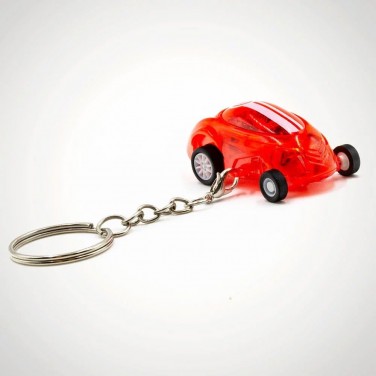
Here are some tips on getting the most out of Amp: The Dry/Wet control adjusts the balance between the processed and dry signals.īecause Amp is modeled on real-world analog devices, its behavior can sometimes be difficult to predict. Note that in Dual mode, Amp uses twice as much CPU. The Output switch toggles between mono and stereo (Dual) processing. Its influence on the sound varies considerably depending on the amp model used but can add (or subtract) ”edge” or ”crispness.” Presence is an additional tone control for mid/high frequencies in the power amp stage.

For example, increasing EQ levels can, in some cases, also increase the amount of distortion. As on a real-world amplifier, Amp’s EQ parameters interact with each other - and with the rest of Amp’s parameters - in non-linear and sometimes unpredictable ways.

The Bass, Middle and Treble knobs are EQ controls that adjust the timbre of the sound. When using the Blues, Heavy and Bass models, high Volume levels can also add considerable distortion. Higher Gain settings result in a more distorted sound. Although Gain and Volume work together to determine Amp’s overall level, Gain is the primary control for the distortion amount. Gain adjusts the level of input to the preamplifier, while Volume adjusts the output stage of the power amplifier.

This makes it very easy to quickly change the overall character of your sound without having to make numerous adjustments.

(Note: the Amp effect is not available in the Intro, Lite and Standard Editions.)Īmp is an effect that emulates the sound and character of seven classic guitar amplifiers. The Working with Instruments and Effects chapter ( see Chapter 19) explains the basics of using effects in Live. The review can be helpful in the design of web dynamic control systems in the multi-layer roll-to-roll manufacturing process.Live comes with a selection of custom-designed, built-in audio effects. Finally, we summarize the mathematical model applied to the internal stress in wound roll and winding tension control techniques, highlighting the idea that defects in the wound roll can be decreased by controlling the winding tension. We also discuss applicable controllers for compensating the tension and lateral errors and discuss register errors and associated control techniques. Also, we introduce the development of the theoretical models expressing the dynamics of tension and lateral motion during the web transporting process. Herein, we review the representative studies regarding the tension applied to the web during the roll-to-roll process and alternatives for compensating web deformation errors. Unlike paper product printing, a thin plastic web used as a base film in printed electronic devices is exceptionally vulnerable to elastic and thermal deformations owing to its viscoelastic characteristic, which makes the fabrication of highly integrated printed functional devices very challenging. A continuous roll-to-roll manufacturing process is a next-generation process for the environmentally friendly and low-cost mass production of functional printed devices.


 0 kommentar(er)
0 kommentar(er)
